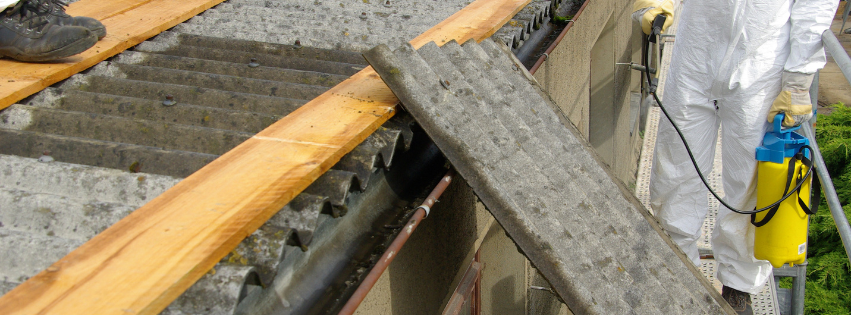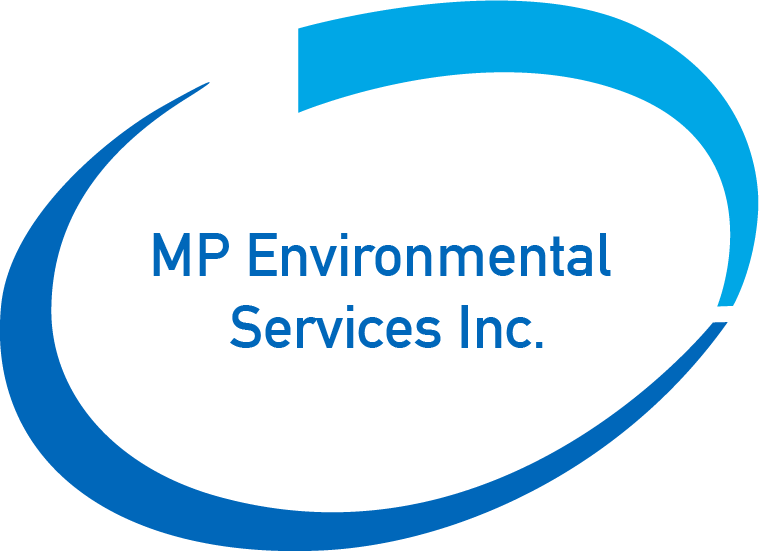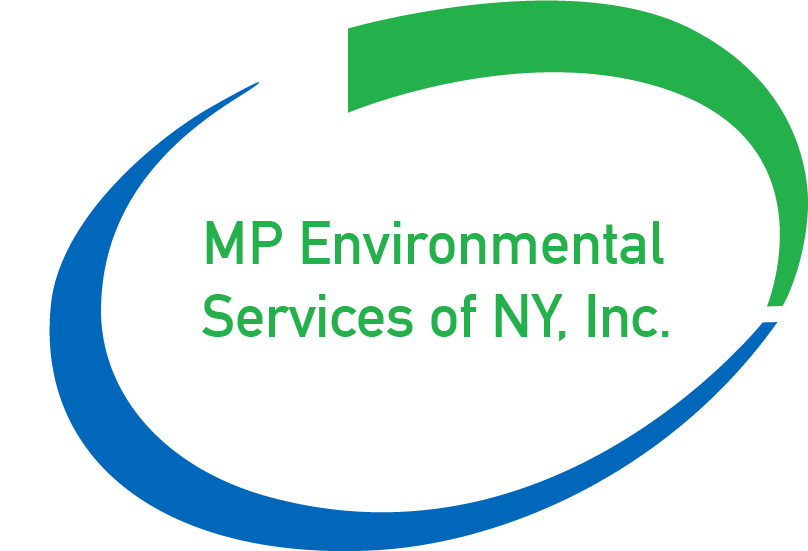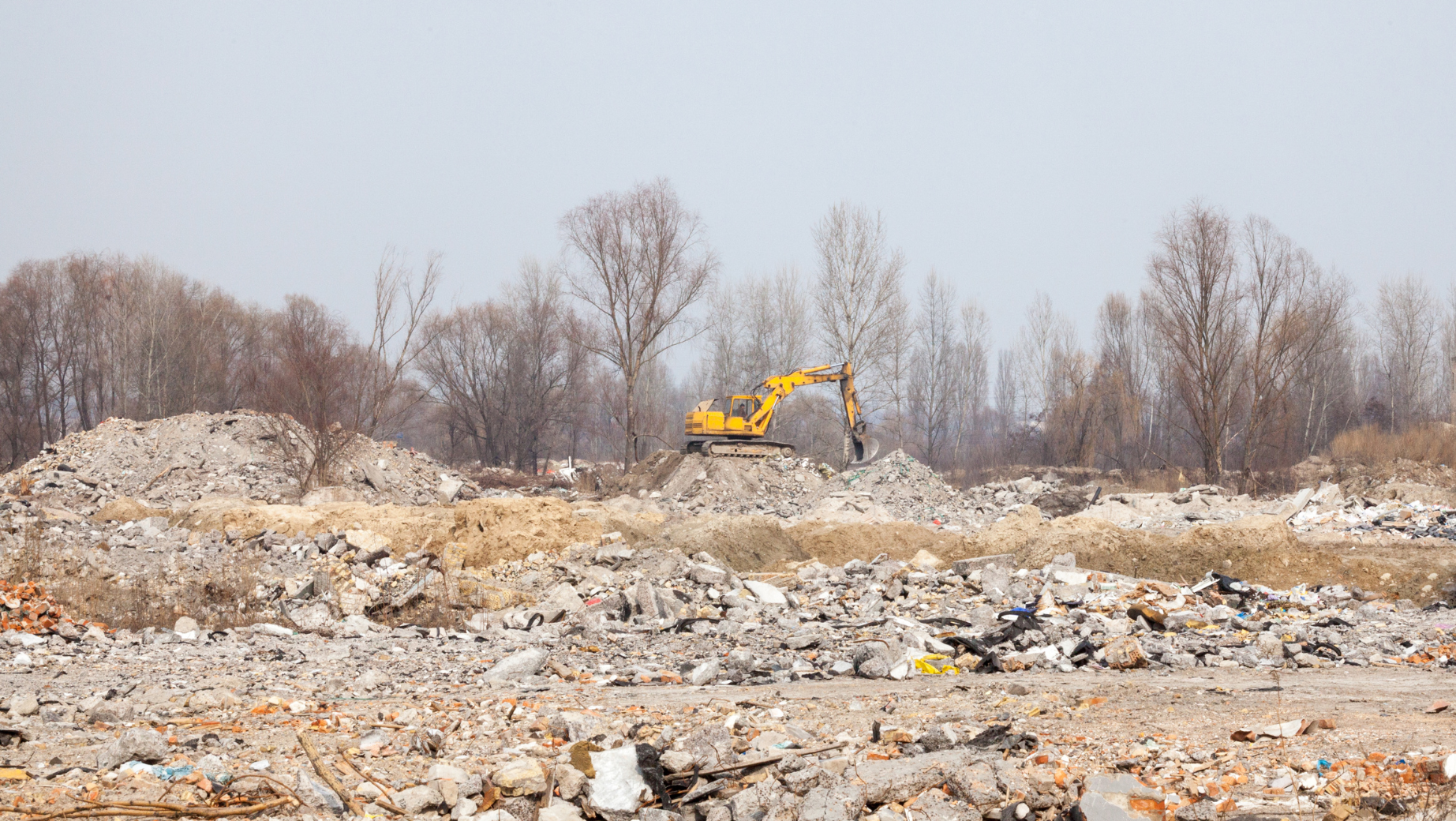The Importance of Air Quality Testing After Asbestos Removal

Ensuring Safety After Asbestos Abatement:
The Necessity of Post-Removal Air Quality Testing
Asbestos, once widely used for its heat-resistant properties and strength, has been identified as a serious health hazard. When asbestos-containing materials are disturbed, they release tiny fibers into the air, which can be inhaled and lead to severe respiratory diseases, including lung cancer, asbestosis, and mesothelioma. Given these risks, asbestos removal is a critical process for ensuring a safe living and working environment. However, the removal itself is only part of the solution. Conducting air quality testing after asbestos removal is equally essential to confirm that the environment is free of harmful asbestos fibers.
Why Air Quality Testing Is Essential
Ensuring Complete Removal
Even with the most meticulous asbestos removal process, it's possible for some asbestos fibers to remain in the air. Air quality testing provides a post-removal verification that all traces of asbestos have been successfully eradicated. This step is crucial for ensuring that the removal process was effective and that no residual fibers remain to pose a health risk.
Protecting Health
The primary reason for asbestos removal is to protect human health. Asbestos fibers are microscopic and can linger in the air long after the visible materials have been removed. Inhalation of these fibers is hazardous, making it imperative to ensure that the air is free from contamination. Air quality testing helps to verify that the air is safe to breathe, safeguarding the health of occupants.
Regulatory Compliance
Many regions have strict regulations regarding asbestos removal and subsequent air quality testing. Compliance with these regulations is mandatory to avoid legal repercussions and ensure public safety. Proper air quality testing demonstrates adherence to these laws and provides documentation that the area meets safety standards.
The Air Quality Testing Process
Sampling
After asbestos removal, air quality testing involves collecting air samples from various locations within the affected area. These samples are taken using specialized equipment that captures airborne particles, which are then analyzed for asbestos content.
Analysis
The collected air samples are sent to a certified laboratory for analysis. Using techniques such as phase contrast microscopy (PCM) or transmission electron microscopy (TEM), technicians can detect and quantify asbestos fibers in the air. TEM is particularly effective as it can identify even the smallest fibers.
Reporting
Once the analysis is complete, the results are compiled into a detailed report. This report provides crucial information about the air quality and confirms whether or not the asbestos levels are within safe limits. If the results indicate that asbestos fibers are still present, further cleaning and testing may be necessary.
Air quality testing after asbestos removal is a critical step in ensuring a safe and healthy environment. It verifies the effectiveness of the removal process, protects the health of building occupants, and ensures compliance with regulatory standards. By prioritizing air quality testing, you can be confident that your space is truly free of asbestos contamination, providing peace of mind and a safer living or working environment.





